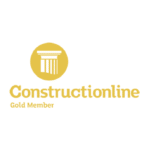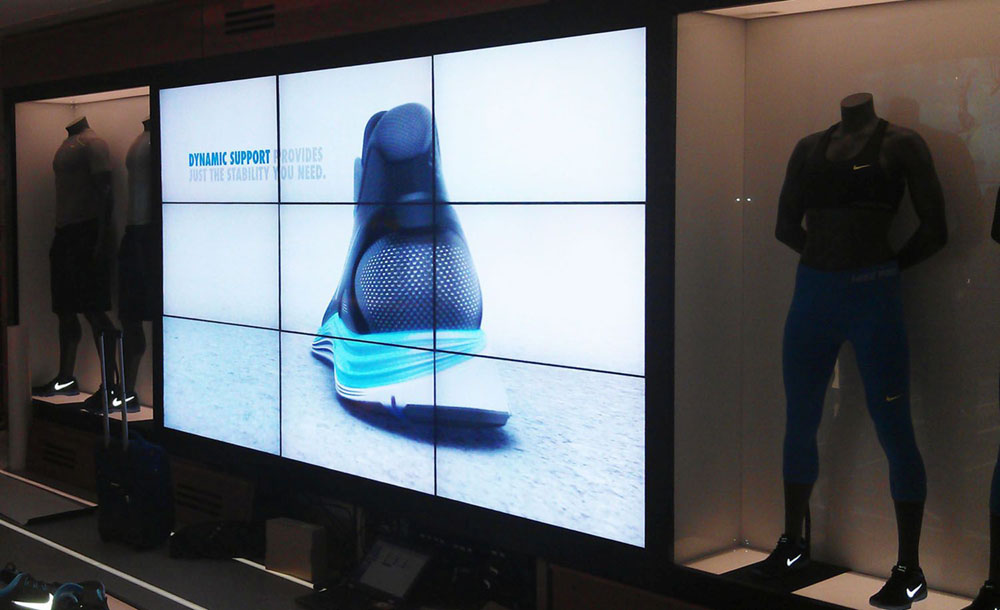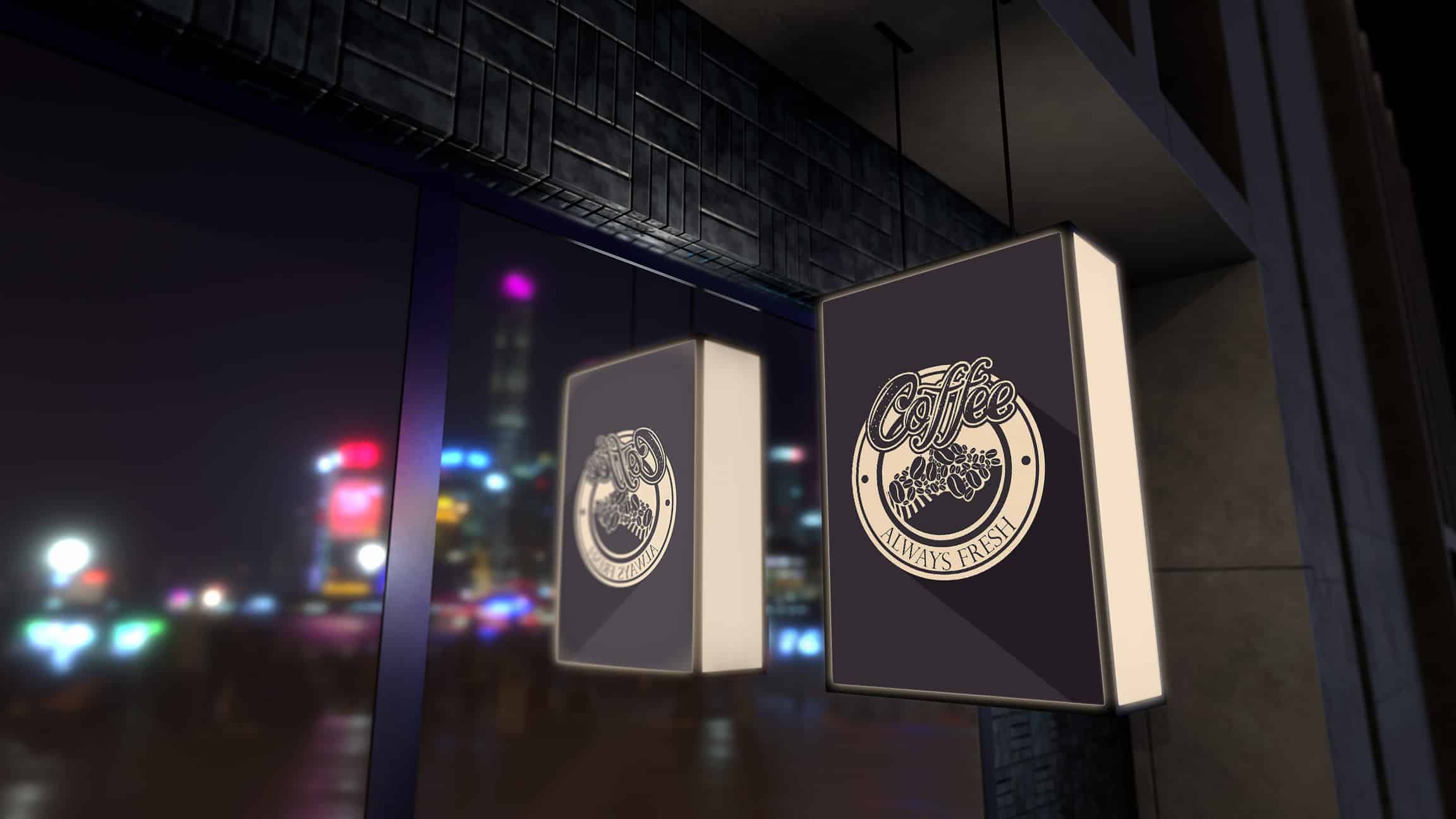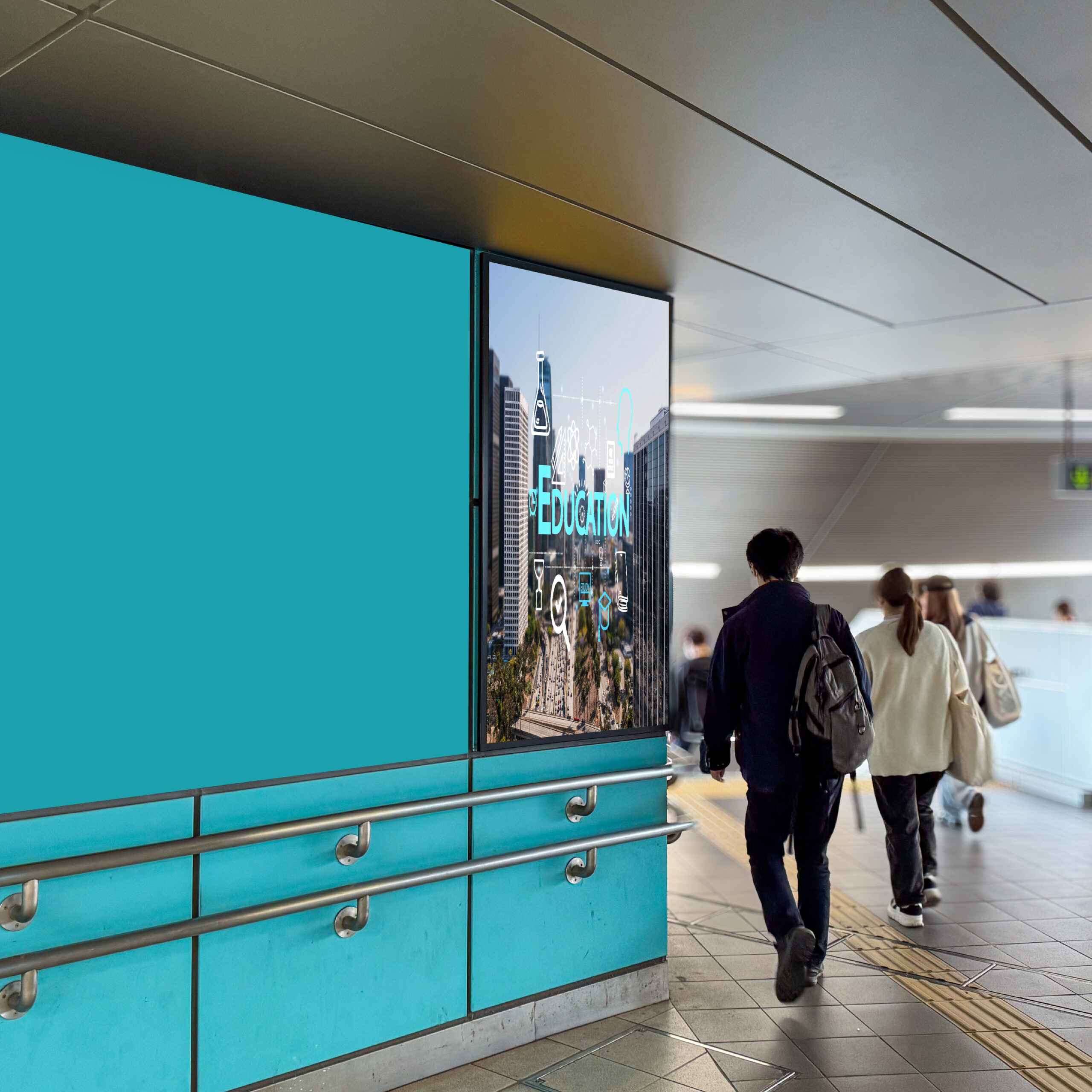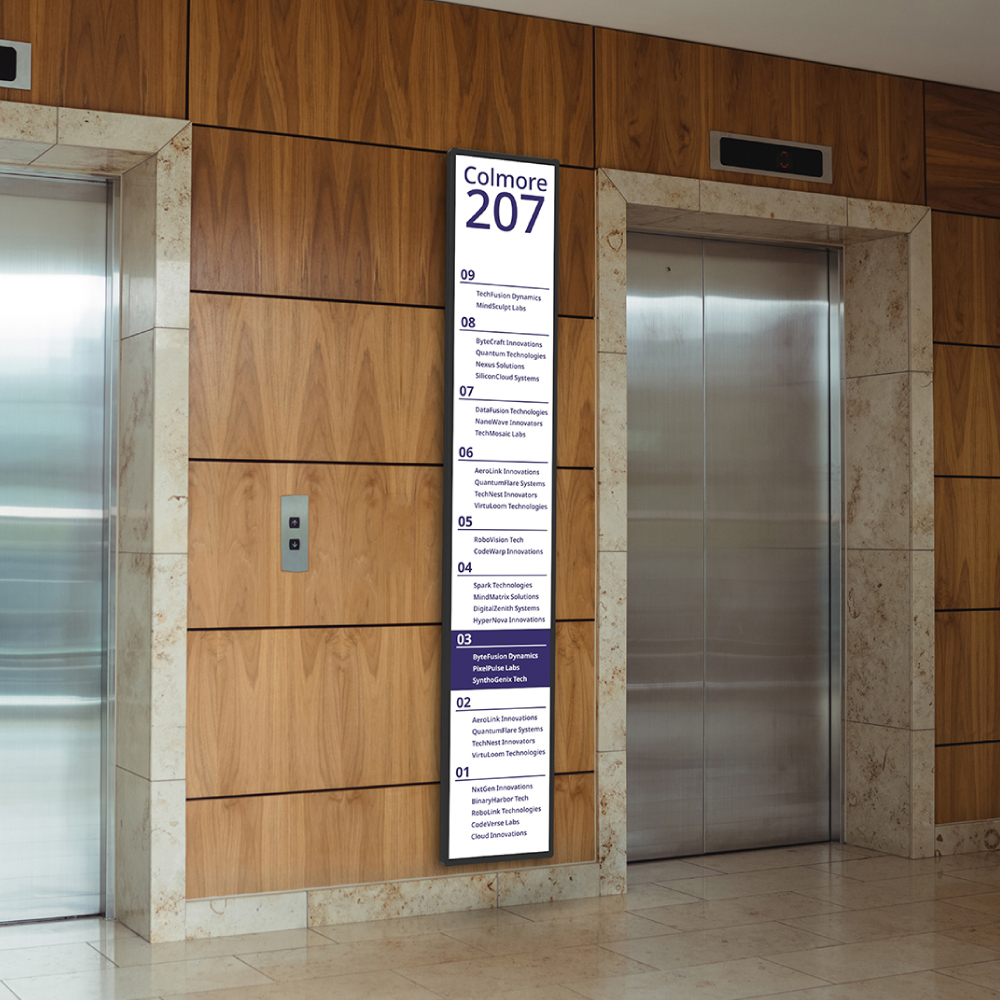Introduction
At present, sustainability is not an option but a requirement, which is why UK businesses are running to find solutions on how to make their operations eco-friendly. Among such strategies, there is a growing trend towards digital menu boards as an effective solution. These innovative, dynamic ‘screens’ are not only changing the marketing face of customer relations for a business but are also environmentally and economically advantageous. This blog focuses on why digital menu boards are an environmentally conscious option for businesses in the UK.
Digital menu boards are electronic displays that display menu items, prices, promotional offers, and any other relevant information in formats that are eye-catching and easily changeable. Static menu boards usually involve printed material fixed on boards that can be manually replaced, while digital menu boards involve the use of LCD, LED or projection screens displaying messages that can be easily replaced by a click of a button.
Physical menu boards are often replaced and printed, resulting in papers being chucked, making them more costly overall. They also cannot directly communicate with the customers using dynamic content. Thus, digital menu boards are more effective, sustainable, efficient, and captivating than traditional menus at meeting customers’ expectations and needs.
Environmental Benefits of Digital Menu Boards
Reduction in Paper and Plastic Waste
Environmental advantages of digital menu boards include decreased usage of paper and plastic materials, as well as their effects on the creation of large volumes of waste. Normally, menu boards are made of paper or other products that cause harm to the environment in many ways. Digital displays are known to be more cost-effective and efficient than using printed materials; this means that by adopting the technology, businesses will be able to drastically minimise their use of these materials and hence lower their impact on the environment.
Lower Energy Consumption
Most of the contemporary digital menu boards being put in place are developed to consume low power. LED and LCD technology used on the displays has better power consumption compared to most lighting solutions. Besides this, the elasticity of many digital menu boards can similarly be preset to work just during business hours to reduce power consumption as well.
Integration with Renewable Energy Sources
Digital menu boards are more effective and eco-friendlier if they can be connected to sources of renewable energy like solar panels. By using renewable resources in generating energy, it would be possible to cut on the use of traditional resources and lower carbon emissions.
Economic Benefits for Businesses
Cost Savings on Printing and Reprinting
If there is a new menu, traditionally, a new menu board is printed, meaning that it will involve some amount to be spent on the new material and the labour to make the change. Digital menu boards do not possess these repetitive costs because they can be updated with the touch of a button. It also helps to save a great deal of money while, at the same time, guaranteeing that menus are current.
Decreased Maintenance Costs
Compared to traditional types of menus, digital menu boards are easy to maintain. It does not have the physical parts that need to be replaced from time to time, like paper or plastic inserts. The benefits of longer-lasting digital signs mean that there is a much longer life expectancy for the signs, therefore a better overall cost for businesses with menu boards.
Longer Lifespan
The most significant advantage of digital menu boards is that they are made to endure for as long as possible. Brightness and contrast ratios are high, while screen hardness and well-developed software make these displays suitable for intensive use in active settings. This also means that the businesses will require less replacement of the products, resulting in a lower overall cost.
Enhancing Customer Experience
Flexibility in Updating Menu Items and Prices in Real-Time
Regarding the benefits of adopting digital menu boards, one of them that stands out is the real-time update function. This great advantage enables the business to easily change content and products according to prevailing market trends by introducing new products or changing prices on short notice. It also helps them to give timely answers to the customers’ inquiries and their choices as well.
Displaying Dynamic Content
Digital menu boards are versatile and can include videos, animations, or other features such as interactive content. This type of dynamic capability improves the overall customer experience by increasing the attractiveness and simplicity of the menu. Customers can use this feature as a call to action by ensuring that they publicise their organisation’s specials, recommended products or health information, which may affect customers’ choices and overall sales.
Improved Readability and Aesthetics
The menu fonts on the digital menu boards are also clear, with a bright image that makes the items easy to read from a distance. This makes digital menu boards easier to read and more professional and attractive than traditional menu boards.
Implementing Digital Menu Boards: Best Practices
Selecting the Right Solution
Businesses should carefully evaluate, for example, the size, resolution, software, and functionality of the menus when selecting the appropriate digital menu board solution. There is a need for choosing the right product and solution that would meet the requirements of the business and can be expanded according to its growth.
Installation and maintenance
Digital menu boards require proper installation to facilitate the reliable performance of the signage. This is why it is advisable for businesses to engage the services of qualified professionals to ensure that the screens are installed effectively. Cleaning the screens and updating the software from time to time will ensure the display is in working order and will not need an early replacement.
Integration with Existing Systems
Menu displays should relate to other relevant business solutions, like POS, to increase software functionality and usability. It is possible to integrate the menu boards in such a way that the possibility of updating the boards is made amazingly easy, and they can also represent the most current information possible.
Conclusion
Digital menu boards present a sustainable and economically viable solution for businesses in the UK interested in updating their operations and minimising their impact on the environment. Digital menu boards save paper and plastic materials, reduce the usage of energy, and allow firms to display interesting content on the boards, which improves sustainability objectives and customers’ experiences. This technology, when implemented increasingly in various organisations, will improve the environment as well as the economy.
Are you ready to bring your business into the modern age with digital menu boards? Find out how Signworld Group can assist in the transformation of your existing business with the environmentally friendly approach outlined. Call us today to learn more about this digital signage product, which will get your company on the path to a green environment.

